
Published:
Readtime: 8 min
Every product is carefully selected by our editors and experts. If you buy from a link, we may earn a commission. Learn more. For more information on how we test products, click here.
- Pros
- Excellent video quality for its size and price range.
- Omnidirectional obstacle sensing boosts beginner confidence.
- Palm takeoff and landing work flawlessly every time.
- Lightweight, pocketable design encourages everyday use.
- Gesture and voice controls are intuitive and reliable.
- Cons
- Struggles with low-light performance due to small sensor.
- Limited 19-minute flight time per battery.
- Slower than higher-end DJI drones.
- No true 3-axis gimbal stabilisation.
- Lacks professional-grade 10-bit or HDR video recording.
It was difficult to recommend the previous-generation DJI Neo. The concept was great, but it felt like a product released too far ahead of its time, with poor-quality video that never lived up to the ‘4K’ expectations written on the box.
Today, the DJI Neo has returned as an updated model, DJI Neo 2, with smoother ActiveTrack, a new SelfieShot mode, intuitive palm takeoff and landing, gesture control, and most importantly, full omnidirectional obstacle sensing through a larger 1/2-inch image sensor with 12MP effective pixels, supporting up to 4K/60fps and 4K/100fps video recording. It still can’t compete with the 1″ CMOS (50MP effective pixels) sensor found in the DJI Mini 5 Pro or the 1/1.3″ CMOS (48MP effective pixels) sensor in the DJI Flip. However, it weighs just 151 grams and the brand has taken a giant leap for image quality.
I’ve had my hands on the DJI Neo 2 for a month now, and in this review article (and accompanying video), I’ll explain everything DJI has updated, fixed, and changed to make this the beginner-friendly drone it has always aimed to be.
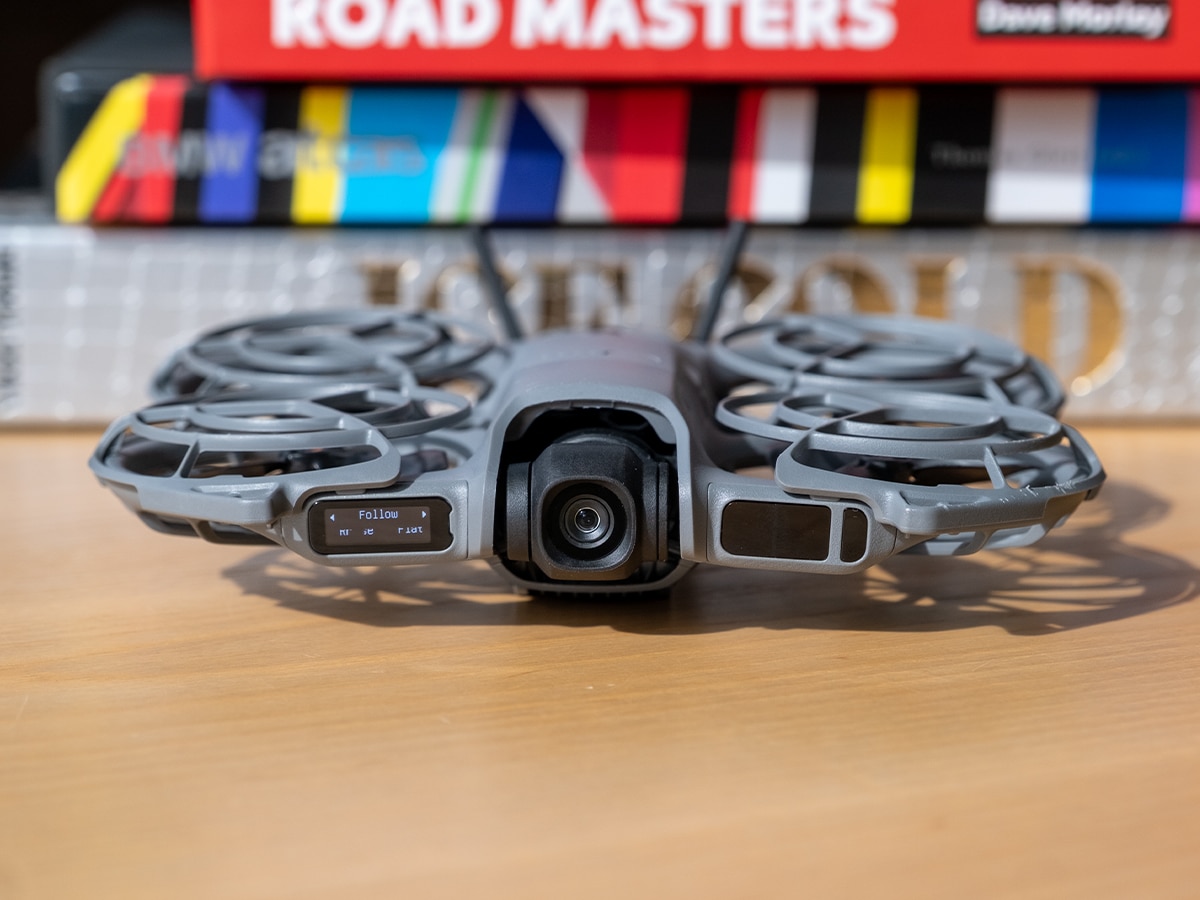
Price
The DJI Neo 2 (Drone Only) is priced at AUD$409, which makes it significantly more expensive than the previous-generation device, but significantly more affordable than just about any other drone from a reputable brand that can produce video of this quality.
It’s available in a range of bundles, including:
| Package | Price (AUD) | Key Inclusions |
|---|---|---|
| DJI Neo 2 (Drone Only) | $409 | 1 × Neo 2 Aircraft 1 × Intelligent Flight Battery 2 × Spare Propellers (Pair) 8 × Propeller Screws 1 × Gimbal Protector 1 × Propeller Guard (Pair) 1 × Screwdriver 1 × USB-C to USB-C Cable |
| DJI Neo 2 Fly More Combo (Drone Only) | $549 | Everything from Drone Only plus: 2 × Additional Intelligent Flight Batteries (3 total) 1 × Two-Way Charging Hub 2 × Spare Propellers (Pair) 1 × Spare Propeller Screw Set |
| DJI Neo 2 Fly More Combo | $709 | Everything from Fly More Combo (Drone Only) plus: 1 × DJI RC-N3 Remote Controller 1 × Digital Transceiver |
| DJI Neo 2 Motion Fly More Combo | $989 | Everything from Fly More Combo plus: 1 × DJI RC Motion 3 Controller 1 × DJI Goggles N3 1 × Digital Transceiver |
Competitors to the DJI Neo 2 come from Hoverair in the form of the significantly more expensive X1 PRO (AUD$1,420) and X1 PRO MAX (AUD$1,620). These are still at the leading edge when it comes to portable drones. Both of these drones fold up, produce 4K60fps and 8K30fps (HDR, 10-bit HLG) respectively, and weigh under 200 grams. Of course, they’re very expensive, so it starts to make the DJI look like a bargain.
Looking internally, the DJI Mini 5 Pro is priced from AUD$1,119, and the DJI Flip is priced from AUD$699, which is the only true alternative to the DJI Neo 2. If you can muster the extra coin and don’t value portability as strongly, I recommend doing so for the larger 1/1.3″ sensor.
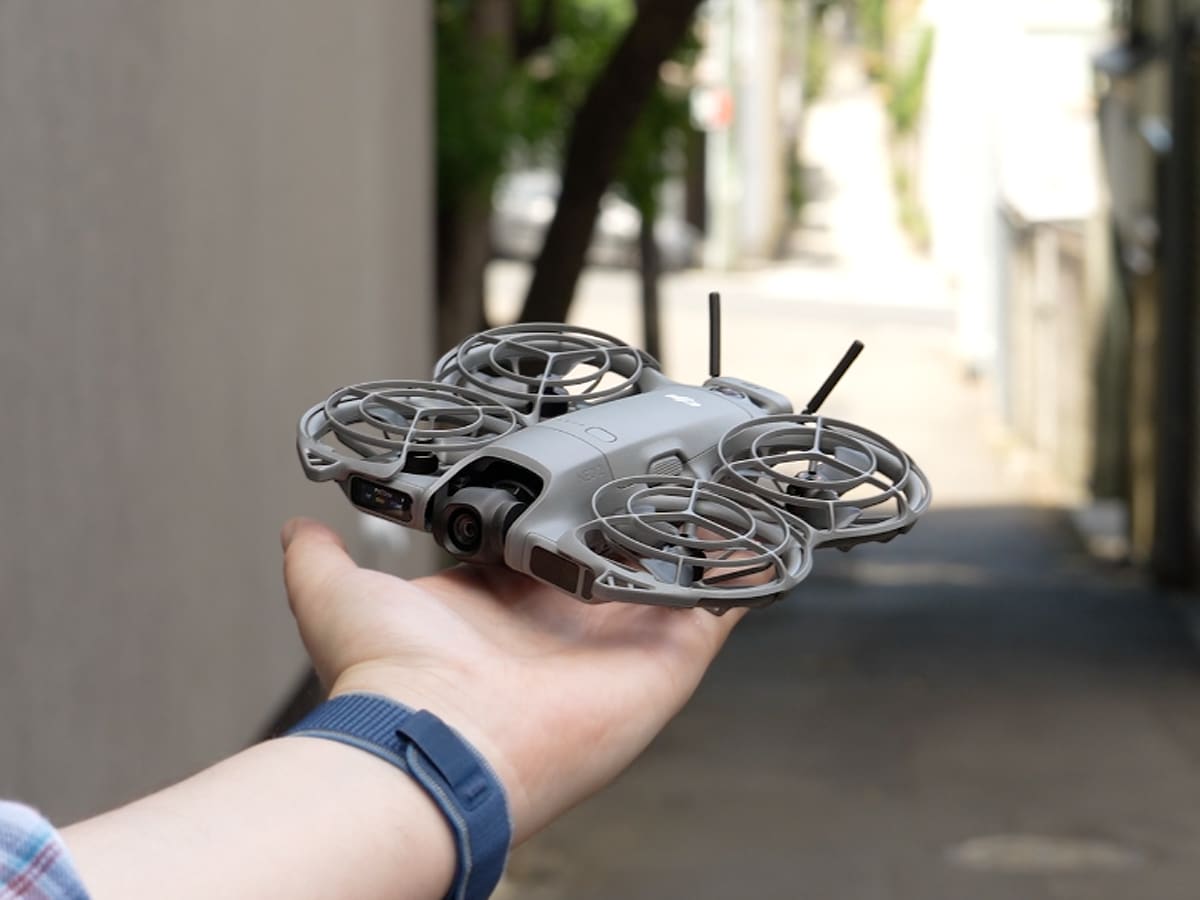
Design
It’s a tiny palm-sized drone that’s barely the height of an iPhone Pro Max, and weighing just 151 grams (160 grams with the transmission module attached, as pictured). Weight, size, and price is the main reason you would choose this device over another, and the good news is that you can literally pocket it. Like point-and-shoot cameras, sometimes you just need an excuse to bring it with you.
Where the previous-generation drone had no form of obstacle avoidance, the new DJI Neo 2 comes with omnidirectional obstacle sensing, and this reassures you when you’re a beginner drone pilot.
Looking around the outside of the device, the integrated propeller guard design returns as mentioned. There’s a forward-facing LiDAR at the front of the drone and a downward infrared sensing system at the back. Here, the transmitter attaches, and this is where you can plug in a USB-C cable to transfer files quickly or charge the battery.
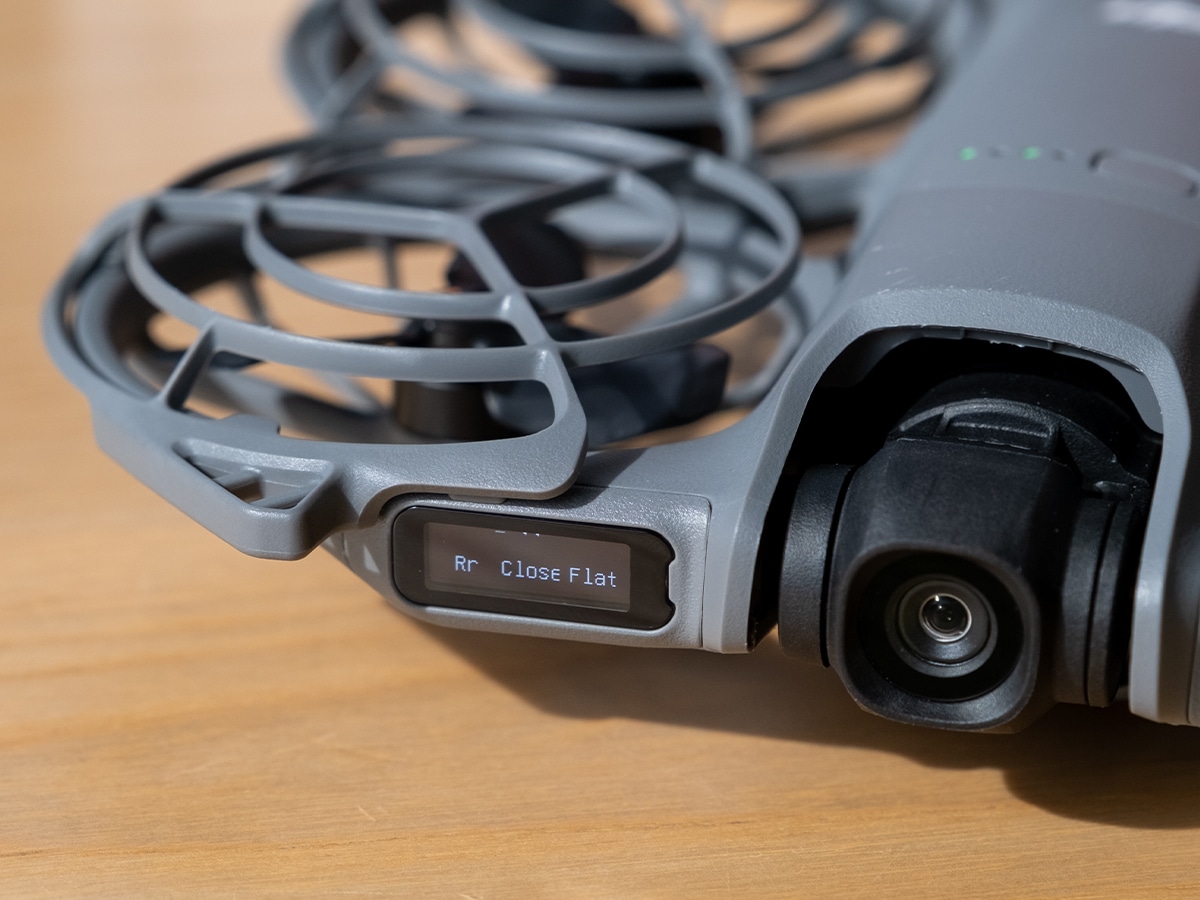
Controls
The first thing that you notice when flying the drone is the stability improvements. It doesn’t fly like a hobby drone anymore, and the obstacle avoidance works perfectly in real-time. When it’s disabled, the control and stability improve even further, and you notice further improvements to hovering and positioning. It doesn’t struggle with drift issues over water either (tested over a pool), which provides you with more reassurance as a pilot when you’re in the type of areas you typically use a drone, e.g. beach holidays.
Speed-wise, DJI quotes 8 m/s (Normal Mode), 12 m/s (Sport Mode), and 16 m/s (Manual Mode). That means it’s slower than the DJI Mini 5 Pro (15 m/s in Normal mode, 19 m/s in Sport mode) but as quick as the DJI Flip (8 m/s in Normal mode, 12 m/s in Sport mode). Consider the use cases for a drone like this, and the 8 m/s speed is more than enough, as you won’t be doing any serious tracking, perhaps from a mountain bike, but I certainly wouldn’t recommend tracking a sports car at any rate.
Yes, you can FPV when you connect a pair of DJI Goggles 3, but that’s an advanced option for experienced users, not a core feature for a drone like this.
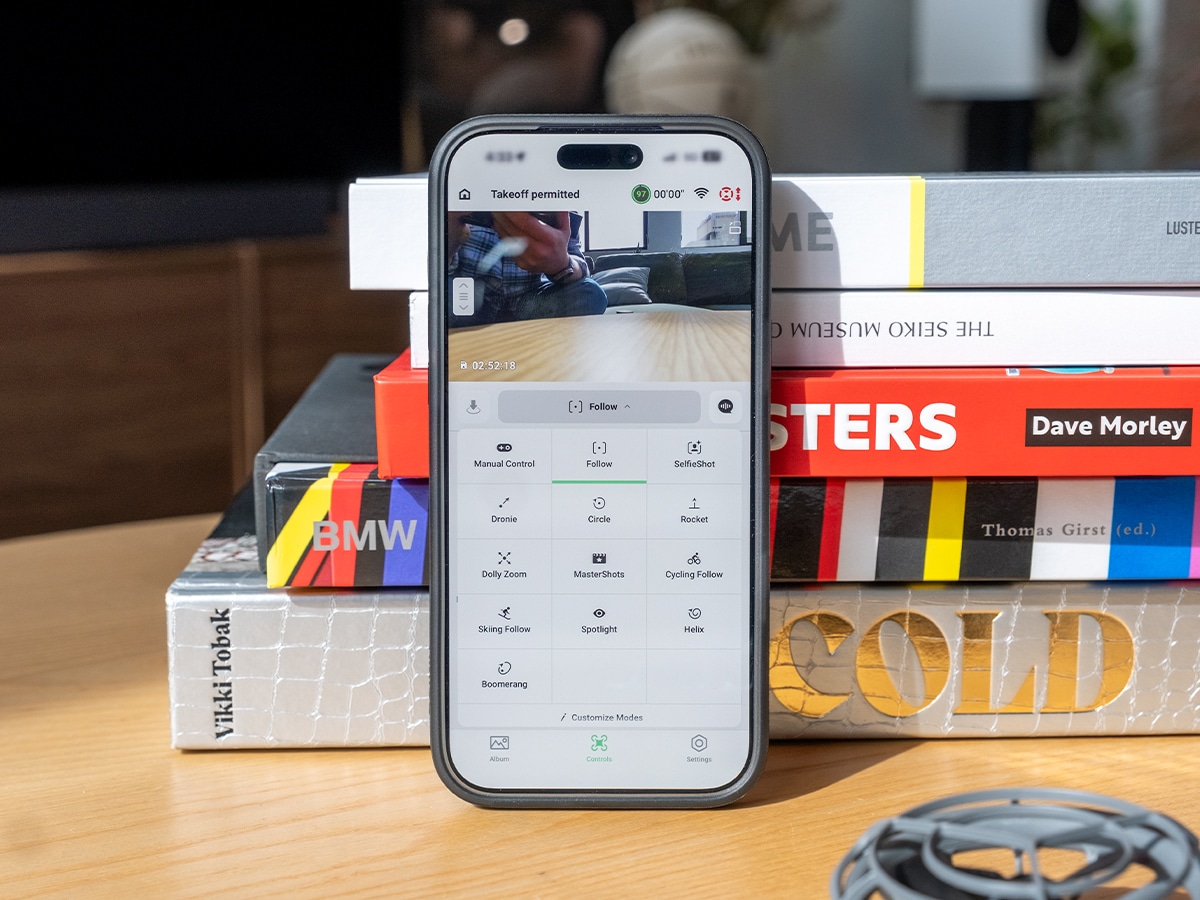
Most buyers will use the drone with their smartphone, without needing a controller. DJI has designed this drone to be exactly that, adding a new built-in screen with side mode buttons (under the chassis) to the device that allows one-handed palm takeoff and gesture controls. Single-hand gestures control left/right and up/down, while dual-hand gestures control distance. Stick out your palm, and it enables auto-return and a safe landing on your hand. It’s shocking how well these controls work, and I very rarerly encountered any issues.
The full-coverage propeller guard design has been carried over, providing peace of mind when operating the drone without a controller.
Storage-wise, the DJI Neo 2 features 49GB of internal storage, which is sufficient for approximately 2 hours of 4K recording. However, with a flight time of around 15-20 minutes in normal conditions, you end up offloading the footage using the faster 80MB/s Wifi transfer speed once you’ve depleted the batteries.
Video
DJI Neo 2 uses a 12MP, 1/2-inch CMOS sensor with an f/2.2 aperture and a high-performance image processor for clearer, low-noise footage stabilised by a new 2-axis gimbal. 4K video recording at up to 100fps, opening the option for slow motion. Most of the
The image quality is excellent for a drone this size. It’s at least twice as good as it was before, and while you can still tell that software is doing the heavy lifting, the fact it hasn’t added artificial sharpness at the expense of increased noise is really impressive. Actually, there’s very little noise when filming in good light, and it only starts to creep in during lower light situations where the small 1/2″ sensor can struggle.
You can mostly thank the two-axis gimbal upgrade for the image quality improvements. When you feed the software a higher-quality image lets it enhance the image more accurately, and the result is near smartphone levels of quality, which was the biggest issue with the original DJI Neo. Previously, when you spliced in footage from the Neo, it would look very out of place and low quality to the point that you wouldn’t even want to use it. That’s not the case anymore, and it starts to open up the options for shooting with the Neo 2.
Like many of the brands drones, the DJI Neo 2 has several shooting modes, which can be accessed through the app, and through the controls on the side of the device:
- Dolly Zoom: Supports Hitchcock effect
- QuickShots:
- Dronie
- Circle
- Rocket
- Spotlight
- Helix
- Boomerang
- MasterShots: Captures several diverse shots with creative camera movements
Overall, the image may not reach Mini 5 Pro levels, but it’s about four times better than it was before.
UPDATE: I’ve now had a chance to use the DJI Neo 2 with the DJI Goggles 3 and DJI RC Motion 3, and it worked flawlessly. It does use more battery, which means flight time is reduced to 5-10 minutes, but considering the near-AUD$1,000 price point for this set-up, the quality is exceptional.
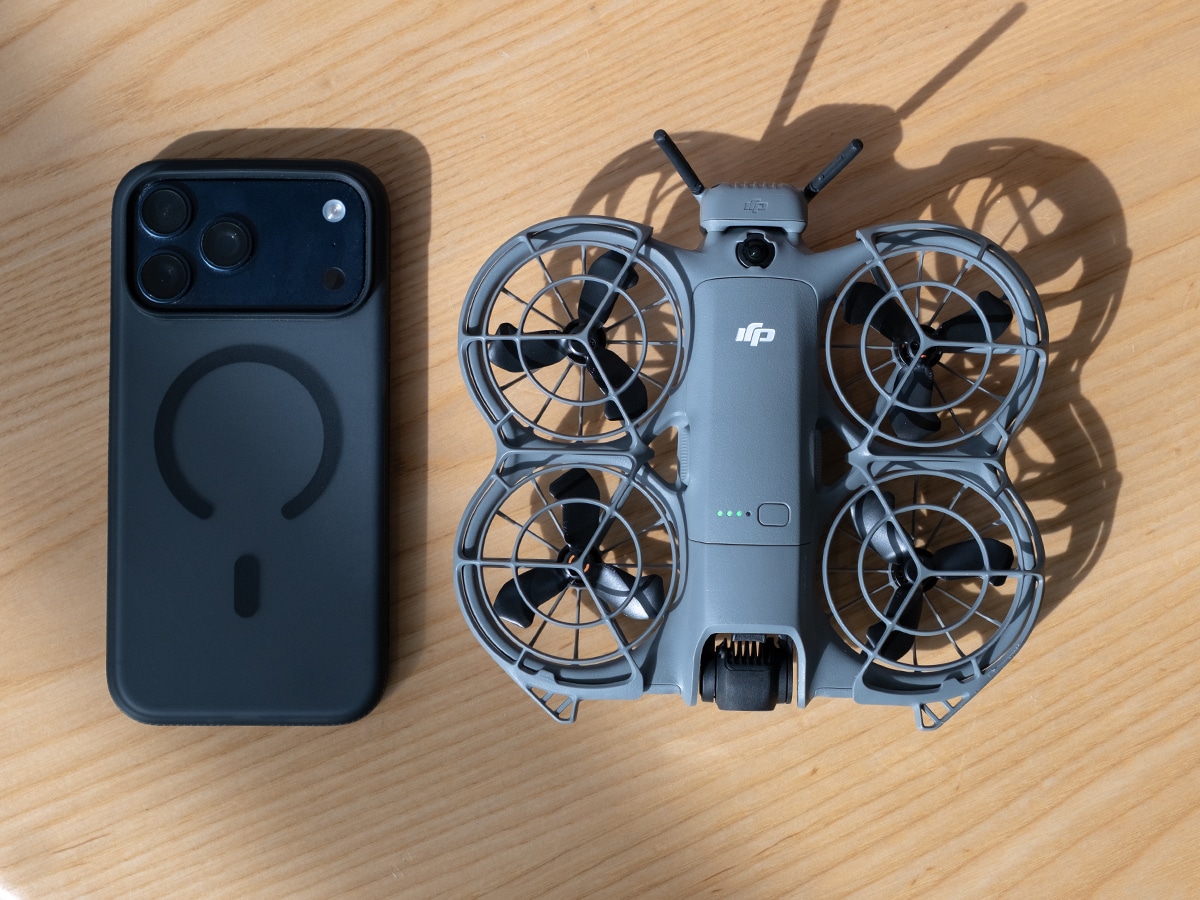
Verdict
DJI didn’t have to change much with the design, functions, build quality, or the features of the DJI Neo. There was one only one request from reviews like myself, improve the video quality.
The brand has done that with the DJI Neo 2, and they haven’t held back. It offers smartphone level video quality in good light, and while it struggles a little in low-light, there’s few reasons why you would pull out a drone like this to shoot in the dead of night.
Despite a slight price hike, the DJI Neo 2 cements itself as the champion of affordable, beginner friendly drones.


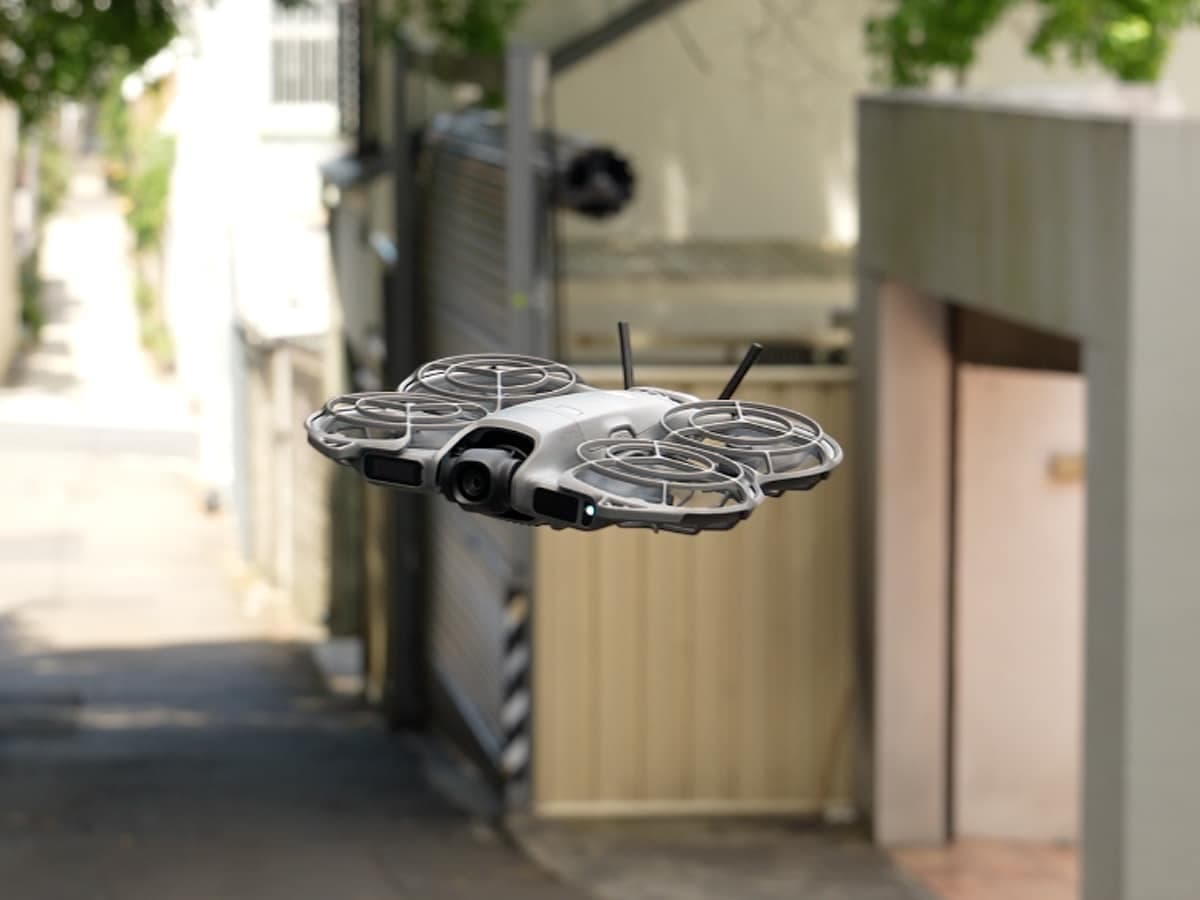







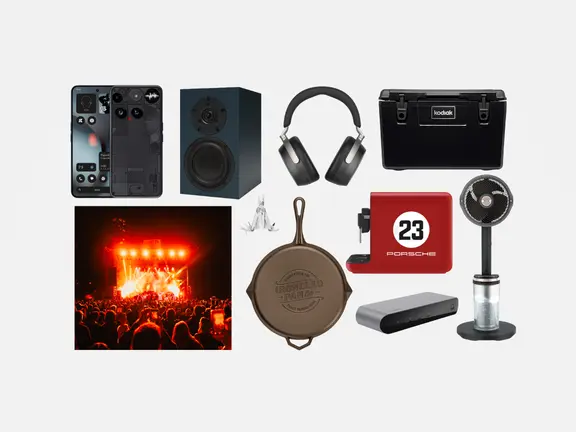










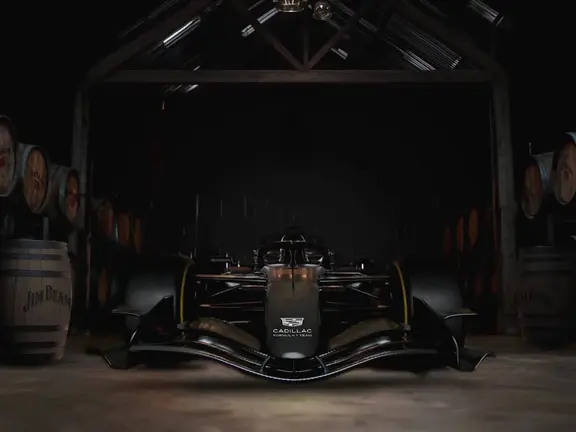


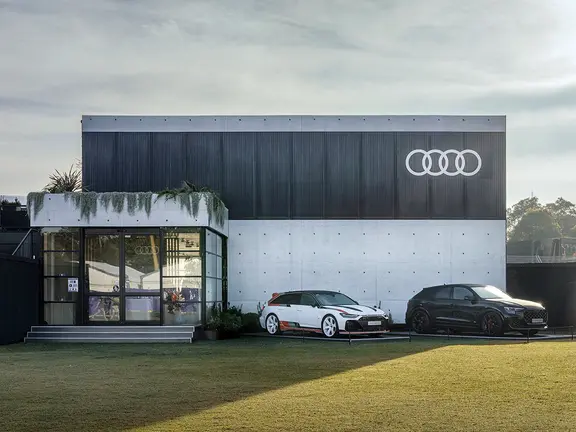

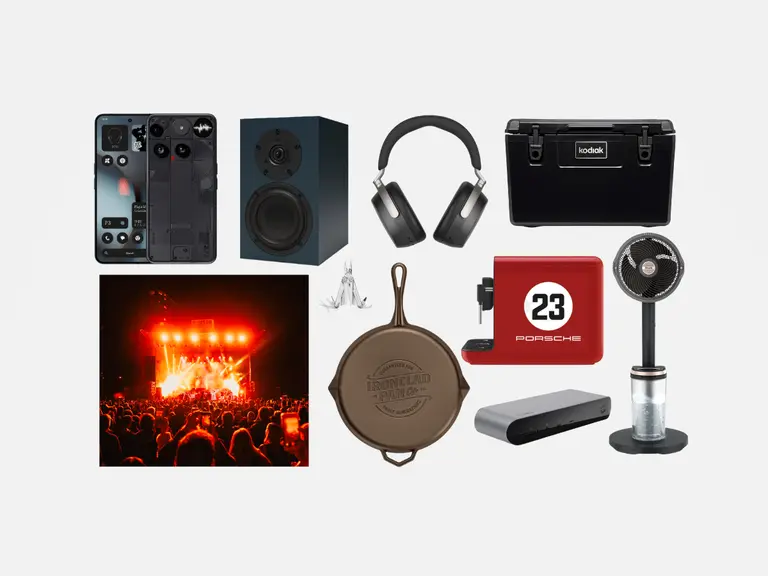



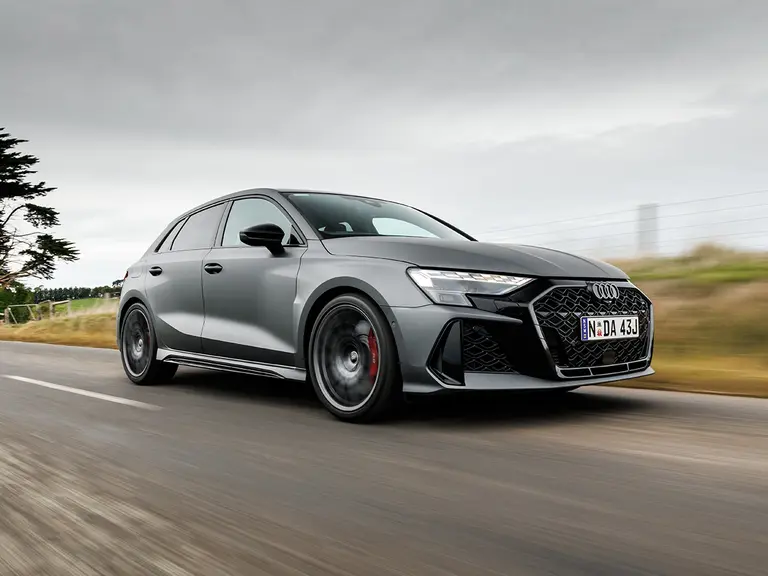
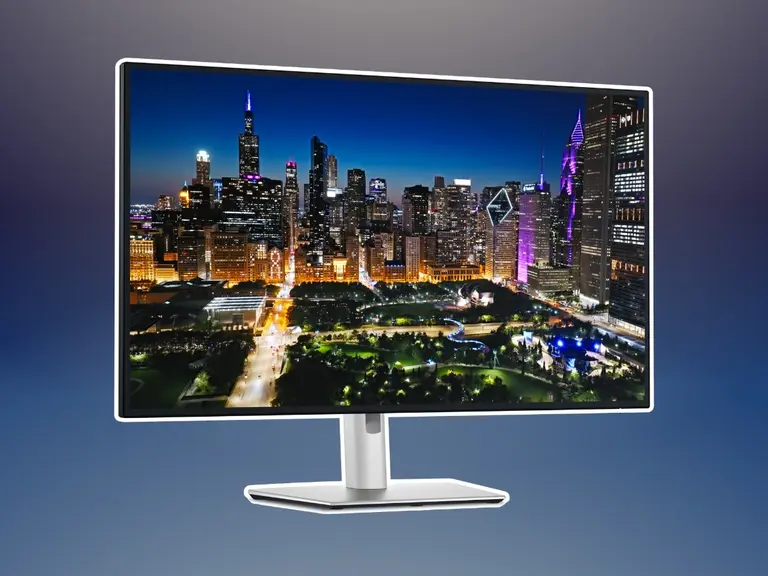
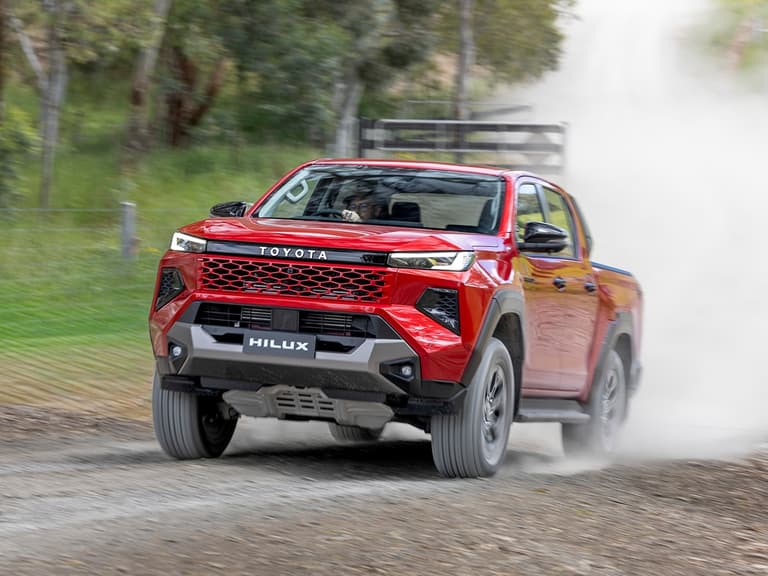
Comments
We love hearing from you. or to leave a comment.